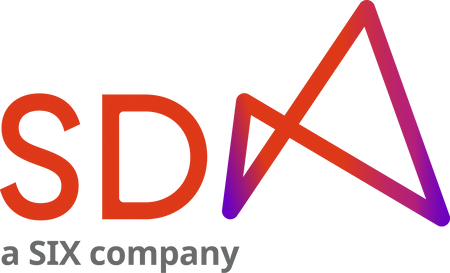How do global financial markets view DLT and blockchain technologies?
From my perspective, discussions within companies and more specifically Financial Institutions should not be about technology per se but about what business problems or opportunities we are trying to solve. For example, what role can technology and DLT play in the emerging Digital Asset space? In that context, they can play a vital role as an enabler of innovative, disruptive, and commercially viable business models.
What should the focal point for Financial Institutions exploring DLT be?
There are three key questions that companies should consider: first, concentrate on the business problem or opportunity; second, once that has been identified determine if it is worth solving from a commercial perspective; and third, are we the right company or do we need to partner to solve the problem i.e., what are the required skills and capabilities to solve the problem in an efficient and cost-effective manner.
In other words, the business model should determine the requirements for a suitable technology stack. Furthermore, technology is only as good as its implementation — it needs to be fit for its purpose. Financial Institutions should coalescence around a trusted Digital Market Infrastructure provider i.e., SDX to act as the operator of the Digital Asset ecosystem.
A purely technology led discussion runs that risk that we may solve the wrong problems right or burn too many calories focusing on non-essential or worse get distracted with technology for technologies sake.
The financial services industry embraced DLT and blockchain some time ago and there is a cognitive dissonance — firms trying to solve ecosystems in standalone mode or silo mode are bound to fail — about how to best deploy these technologies and we collectively need to move beyond Proof of Concepts (POCs) and Proof of Value (POVs). We must ensure that the technology is intricately linked to the business opportunity and deployed to address current market requirements using a Minimum Viable Product (MVP) approach.
Furthermore, we need to adapt to a 21st century mindset and cater to the requirements of an open and interoperable financial Digital Asset ecosystem.
What other components should be considered in building a Digital Asset ecosystem?
Liquidity and data — in the form of insights and information solutions or marketplaces — are additional building blocks of a financial ecosystem and should thus be treated as integral parts.
This is about the evolution of information technology and the shift of information flows that provide the opportunity for a new business model that will lead to changes in how financial markets function and the redistribution of profit pools across the capital markets value chain.
On the liquidity frontier, this is about how do you attract and retain liquidity on a platform [the degree of stickiness over time]; thinking about the desired behaviors and designing the incentives and governance structure accordingly.
Thank you for your time, Peter!

